Nature photography classes have taught me a lot as a teacher. They have helped me to evaluate how much emphasis in nature photography should be on technology—and how much on creativity.
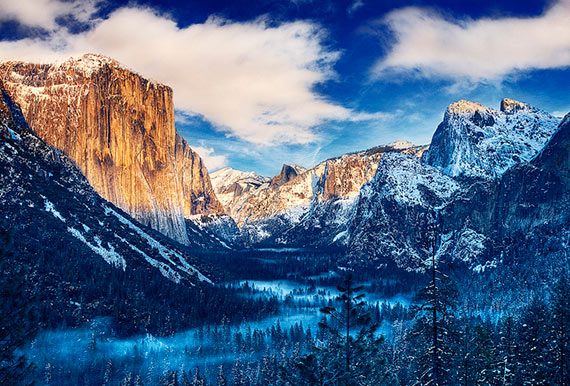
photo by Chase Lindberg
Half my time spent teaching is concentrated on the essential mechanics of good photography: aperture, shutter speed, ISO, lenses, and so on. The rest of the time is focused on understanding natural light and the techniques of good composition.
I truly believe that a good photographer, no matter how good their camera may be, must have a good grasp of the basics. If you don’t understand the relationship between shutter speeds and movement effects, you won’t get the best results from your waterfall photos. If you don’t understand depth of field you won’t know how to capture real character in a wildlife photo.
However, the simple truth is that most of the time, especially in clear daylight situations, you can leave your camera on automatic and rely on it to do the job for you. I don’t encourage this, as the more experience you have with your manual settings, the better prepared you are to use them when the situation calls for it. But auto is a reliable option most of the time.
So, if your camera can take care of the technical aspects of your photography for you, what sets a good photographer apart from the rest? The answer is simple: their creativity and their willingness to put in the extra effort for a great photo.
If you’re prepared to go to the trouble to take your photos in the best possible light, you can improve your photography one hundred percent overnight—without doing one thing to the settings on your camera.
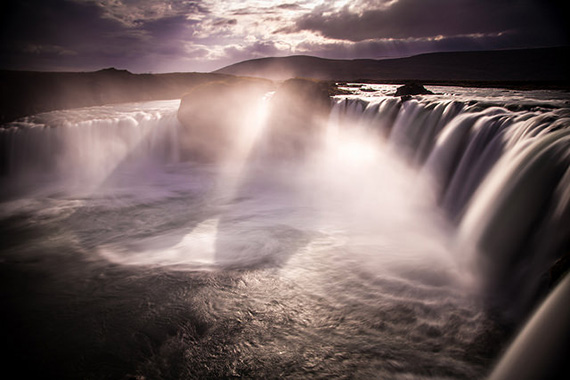
photo by Andrés Nieto Porras
If you ask 100 people what is the best time of day for landscape photography, 95 of them will probably know the answer: early morning and late afternoon. This is when the sun is low in the sky and the light is soft and colorful. The fact is, people don’t need to be told when to take their photos; they just need to be prepared to put it into action. It is just too much trouble to wait until sunset or stay overnight to be on location at sunset.
The great photographers are the ones who are prepared to make that extra effort. They may even stay several days or return to the same location time after time just to get their perfect shot.
So what sets a great photographer apart is not what they know. In relation to capturing the best light, they really don’t know anything that the rest of us don’t. The difference is that they have the level of commitment required to turn knowledge into results.
Good nature photography is about much more than just perfect lighting. There is also attention to detail and creativity in composition. Once again, this is not rocket science. It often boils down to patience and how much effort you’re prepared to make to get a result.
Let’s examine the approach of two hypothetical photographers:
- The first photographer finds a nice location at the right time of day, snaps a couple of shots and then heads home for dinner. Later they look at the photos and notice some dead grass in the foreground and a plane in the sky that spoils the natural look of the photo. This photographer is not happy with his photos and does exactly what most people do: he blames the camera.
- The second photographer arrives at the same scene, at the same time of day. She looks carefully through the viewfinder and notices the dead grass in the foreground. Knowing this will spoil the shot, she finds a better location just a few meters away, where an old fence leads into the distance adding depth and interest to the image. She notices a plane in the sky and waits a few minutes until it is out of view. In the meantime, she sees some clouds drifting into the frame and waits just a few minutes more until they’re in a perfect place to fit the composition. Later she looks over the photos and is deservedly happy with the result.
Which photographer do you want to be?
About the Author:
Andrew Goodall writes for https://naturesimage.com.au/ and is a nature photographer based in Australia. He manages a gallery in Montville full of landscape photography from throughout Australia.
Like This Article?
Don't Miss The Next One!
Join over 100,000 photographers of all experience levels who receive our free photography tips and articles to stay current:
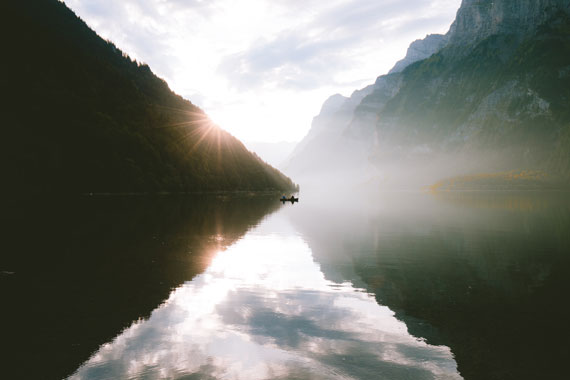

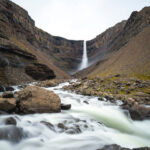

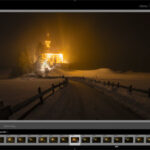

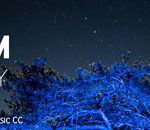
Yes I agree and the first photographer could easily have re-framed to cut out the dead grass and taken the plane form the sky in a few seconds in post production.
You need to be able to see the potential of a photograph and know what you can do o achieve it when you get back home. Pressing the shutter button is just one step in many. Imagine it, snap it, create it.
Have a vision, gather your raw materials, construct your final product.
The first photographer is with his family enjoying a nice walk and quality time. He/she spends a short time taking a great but not perfect photo. Goes home feeling happy having spent a great day enjoying family, kids and friends. Looks at the photo, fixes a bit and posts it online – everyone loves it.
The second photographer who has kilos of expensive camera equipment spends so much time on his/her perfect shot that the partner becomes irritable and the kids play alone all afternoon. Goes home with unhappy family, no memories of what could have a great day of fun and nice walks, spends hours on LR and PS, using Nik plug ins, Topaz plug ins, changes the sky, adjusts this and that. The photo is wonderful. Posts it online – everyone lives it. Now time to plan another time consuming photograph.
I honestly am the first photographer! No doubt about it :) It’s all relative on how you perceive things and what your priorities are.